1904 Oldsmobile Curved Dash
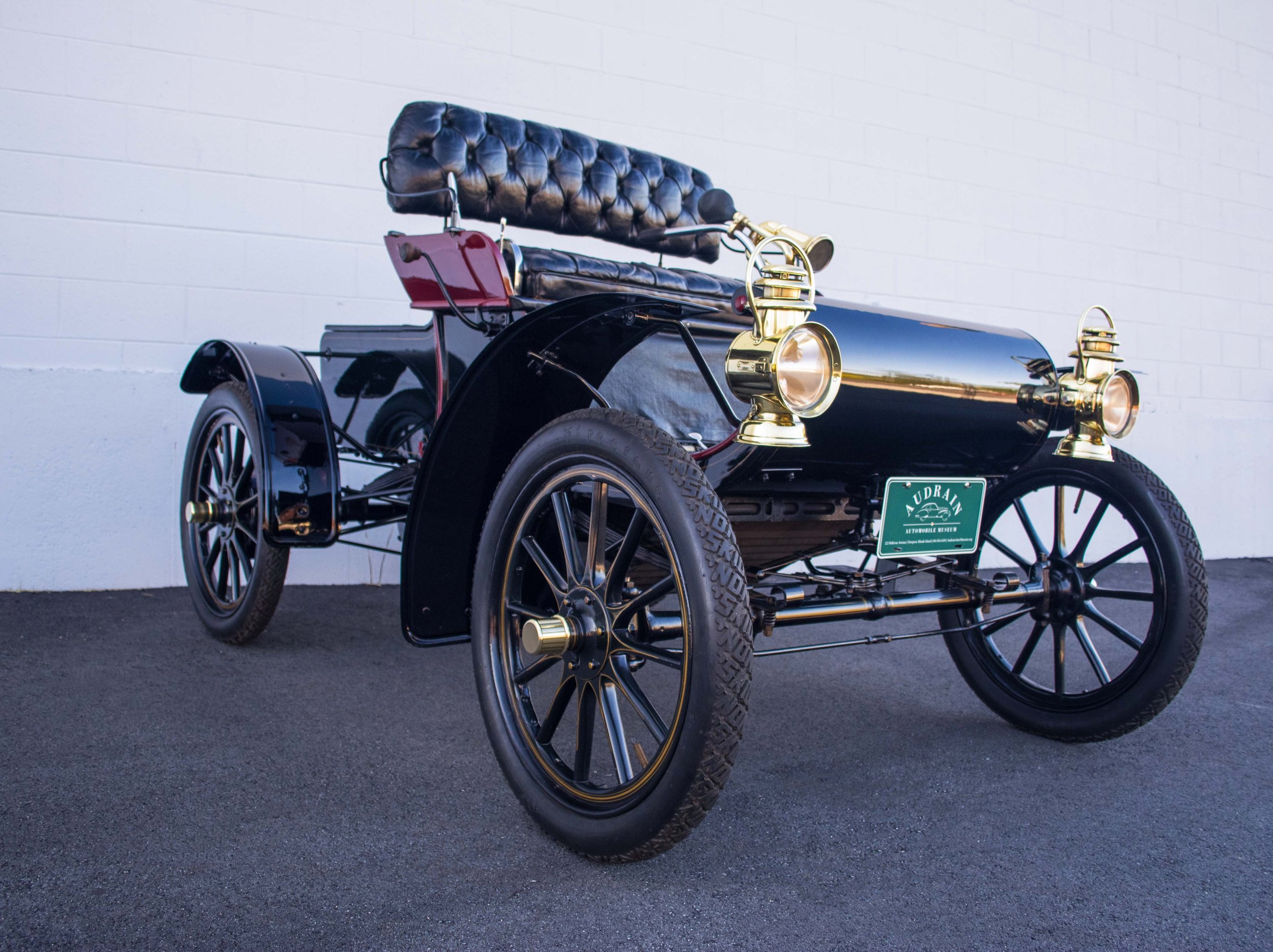
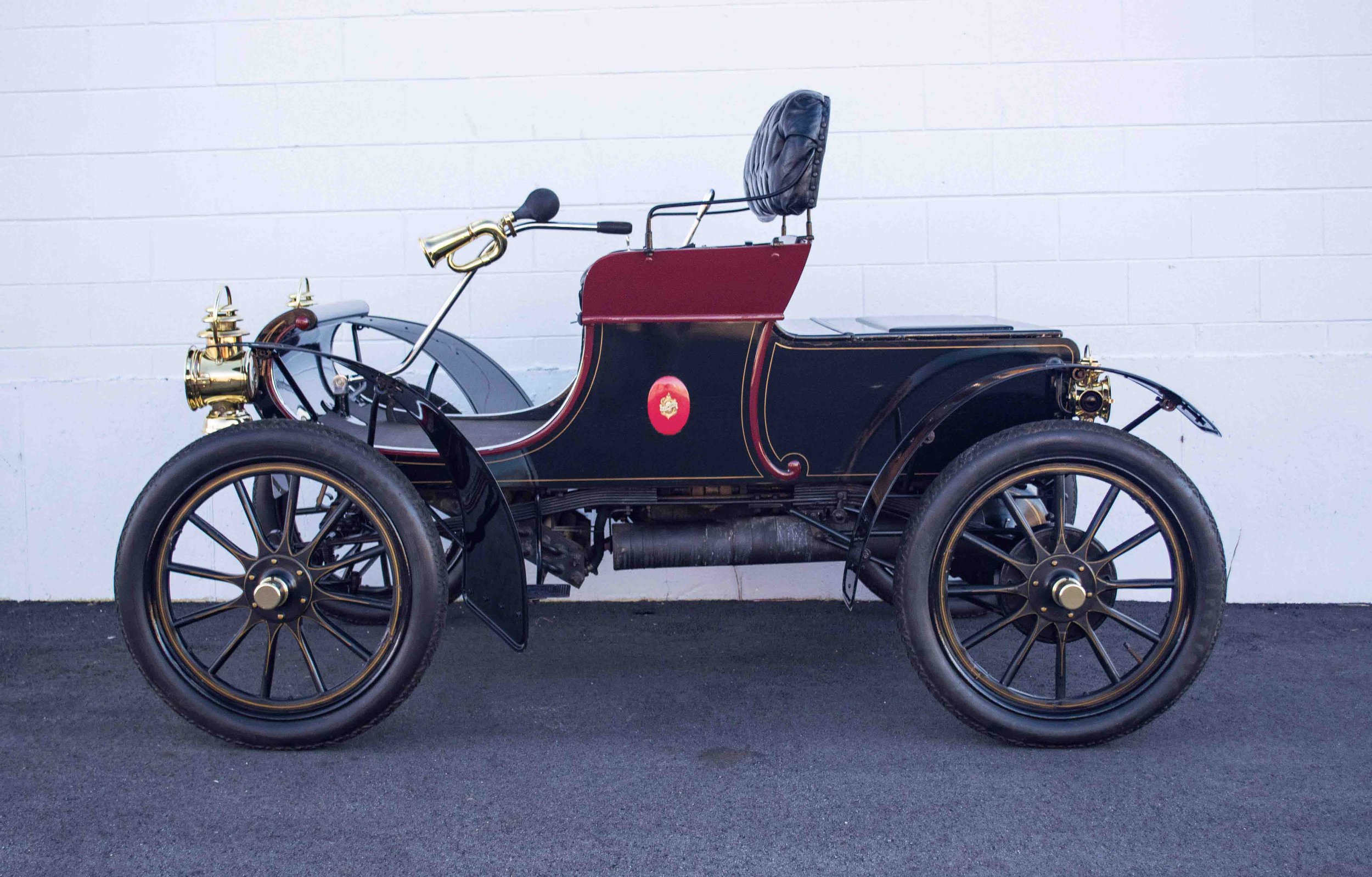
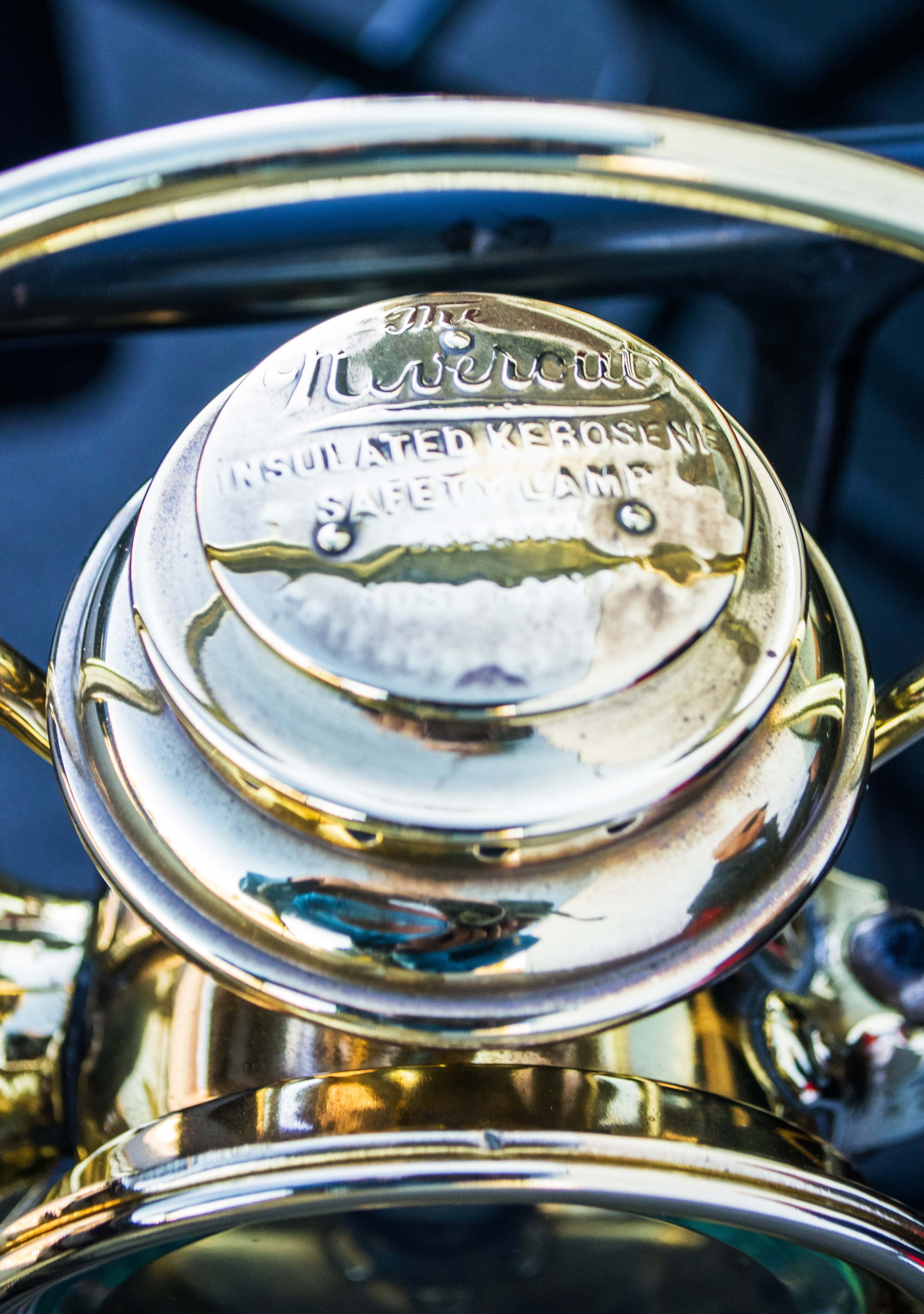
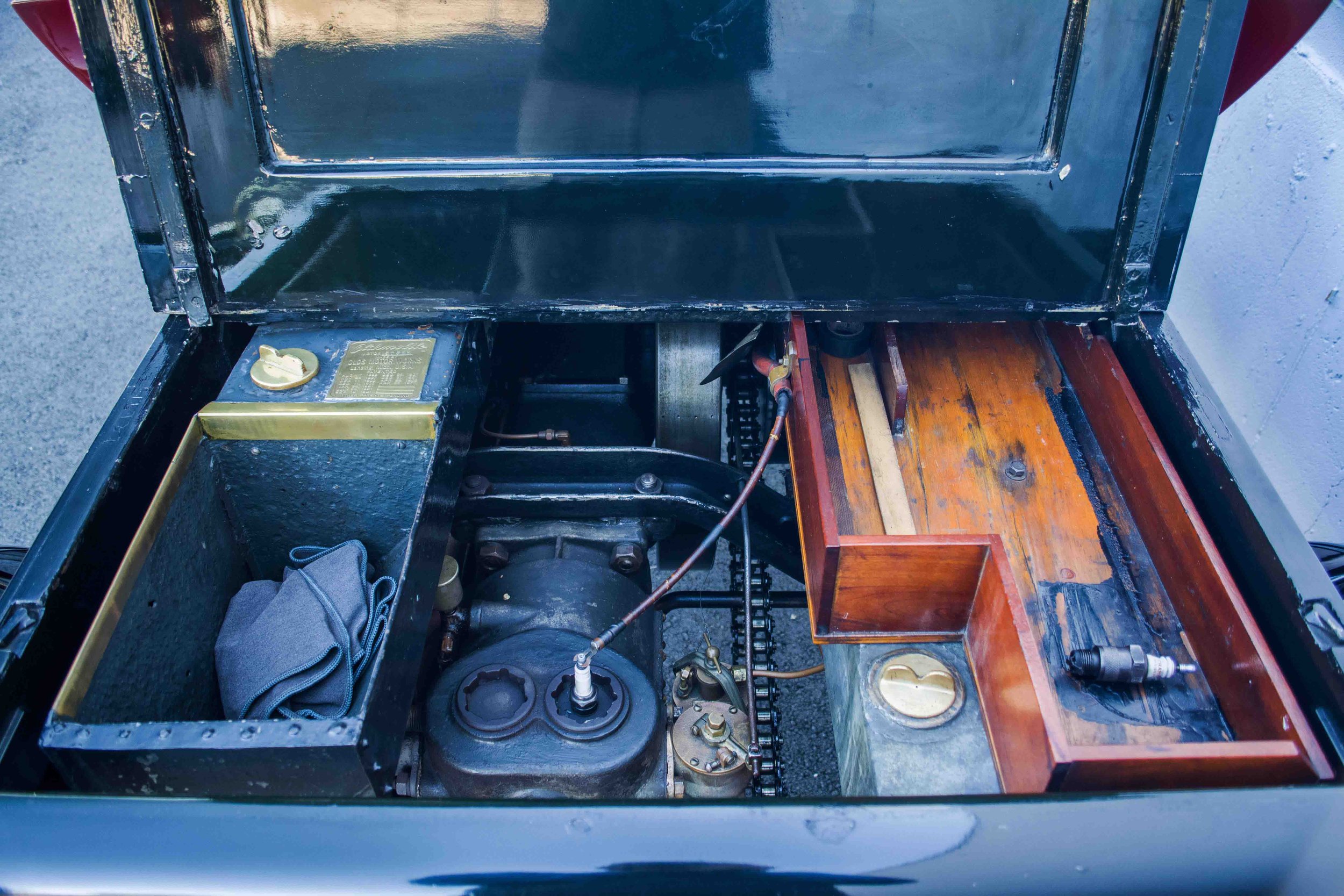
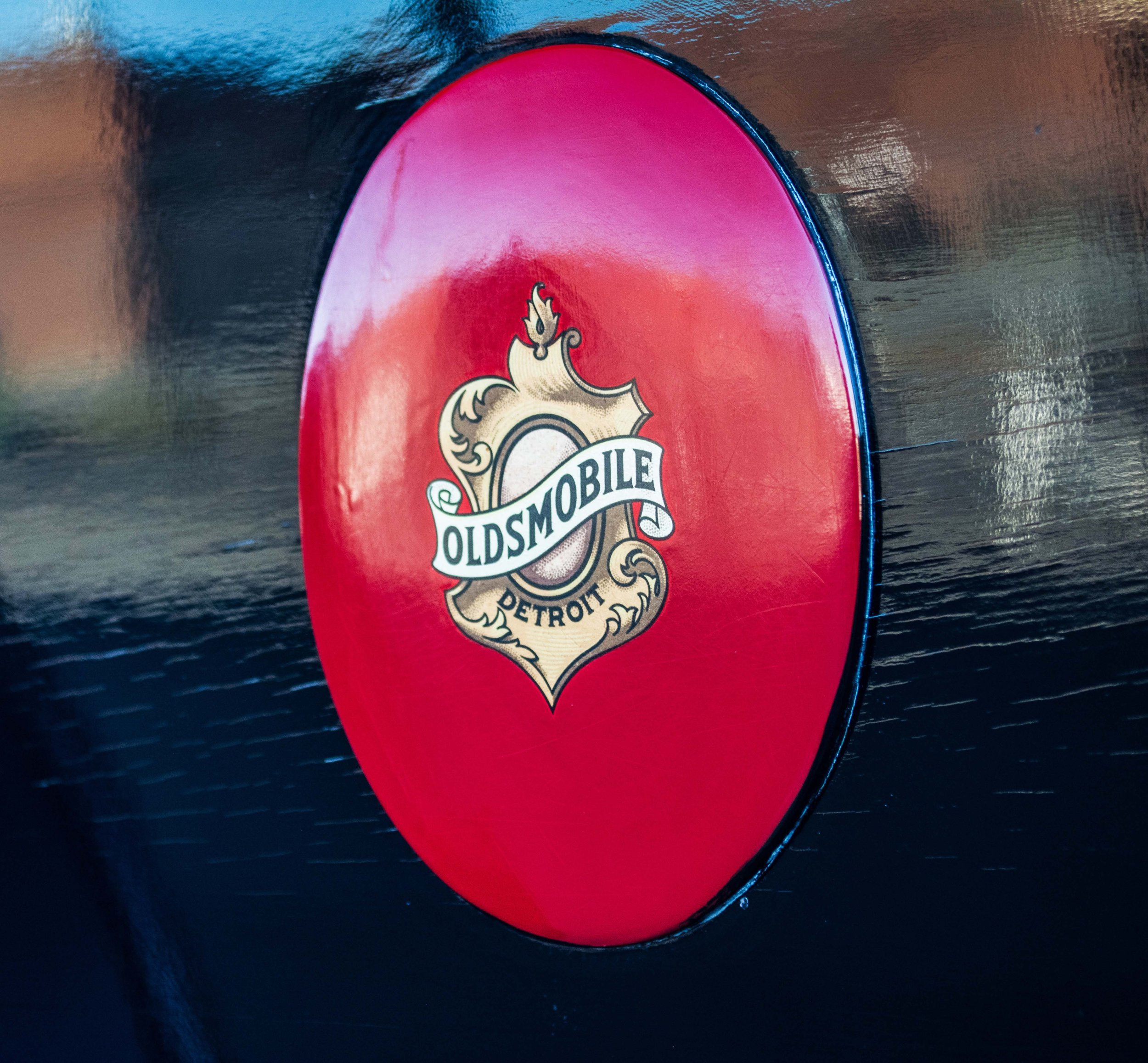
Parts were easily interchangeable with locally sourced manufacturers, making simpler work on the Curved Dash
Preceded Henry Ford’s Model T inbeing America’s first mass produced automobile, giving birth to the modern assembly line
Extreme durability in driving for hundreds of miles.
While the Curved Dash was not the most powerful automobile, lacking a speedometer and tachometer, it proved its value on the assembly line. The car’s popularity grew and grew, surpassing the steam Locomobile as America’s best-selling car in 1903. Curved-dash models remained in production through 1907, by which time they had been joined by a straight-dash model and cars as large as a 106-inch-wheelbase four.
Meticulously restored in black with red accents, it has the iconic Oldsmobile emblems on the sides of the seat and the obligatory brass Selden Patent plate on the rear of the body. The seat is upholstered in diamond-pattern buttoned black leather, and the entire car is clean as a whistle. There are many curved-dash Oldsmobile’s about, but few of this quality and documented history.
The Curved Dash’s look was like a carriage without a horse at the front. There was a curved panel in front of the bench, hence the Curved Dashboard name. The canvas top appeared later as a measure of protection against rain, although there was no windshield.
In 1901, making one car that was reliable and affordable was a difficult task. Making 19,000 high quality cars would have been considered near impossible. This is where Ransom Eli Olds stepped in. He wanted a vehicle that was low in price, simple to operate, and the owner could fix himself or have repaired in local bicycle or general repair shops. It was the pioneering era, and there were no standards or procedures on how to build a vehicle. R.E. Olds and his employees designed and constructed at least 11 different models of gas and electric cars. They could not decide which model they should continue producing, until a disaster decided for them. On March 9th, 1901 a fire destroyed most of the factory and all but one car. That car was the Curved Dash.
With orders that needed to be filled, Mr. Olds could no longer afford the luxury of experimentation. The company would now focus all resources on producing the Curved Dash. Because the factory no longer had the capacity to make most of the parts required, orders were placed with nearby manufacturers. All the parts were delivered to the only building to survive the fire. Here, the parts were assembled, and the cars were finished. This is the birth of the modern assembly line.
As a test of the car’s durability, Olds had one of his young engineers, Roy D. Chapin, drive the curved dash from Detroit to New York City. The journey of 820 miles took Chapin seven and a half days. He averaged 14 MPH and used 30 gallons of fuel, along with 30 gallons of water for cooling. Distributors Ray M. Owen and Roy Rainey also tried to increase the popularity of the Curved Dash by doing stunts up and down 5th Avenue.
Specifications:
Engine: 95 C.I. Horizontal One-Cylinder
Horsepower: 5Transmission: Planetary Two-Speed
Top Speed: 20 MPH
Weight: 850 lbs.

